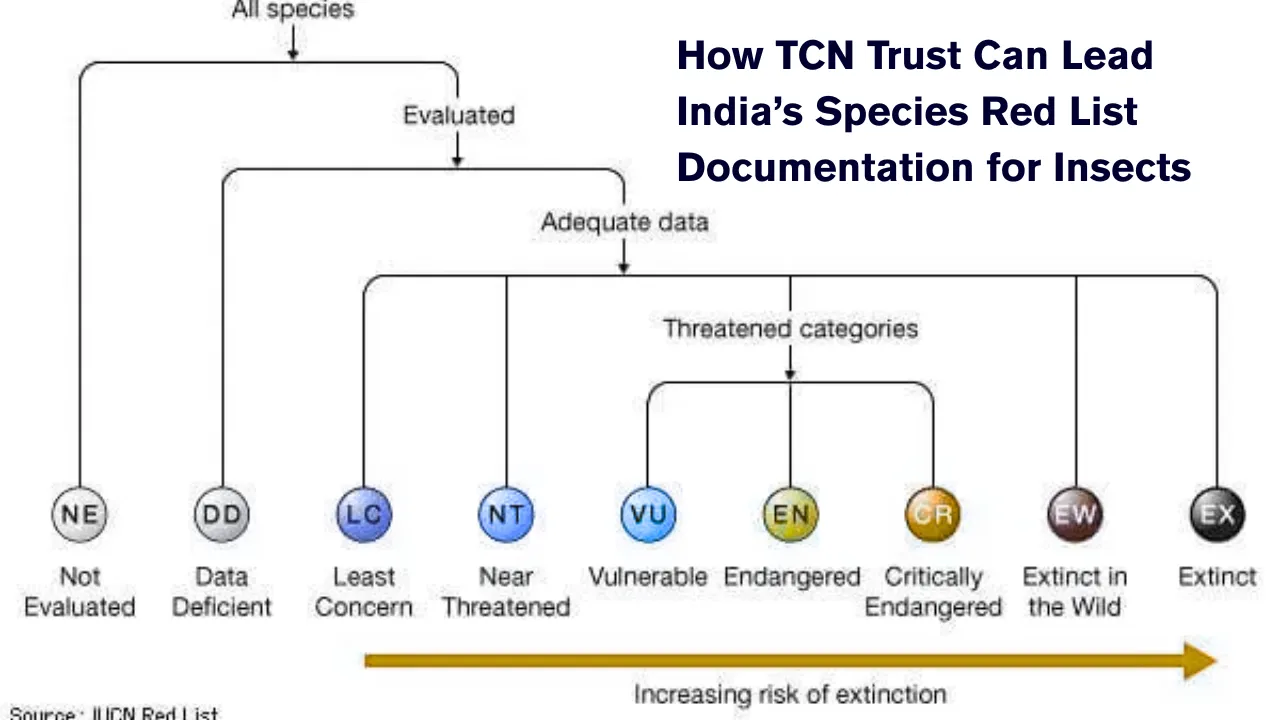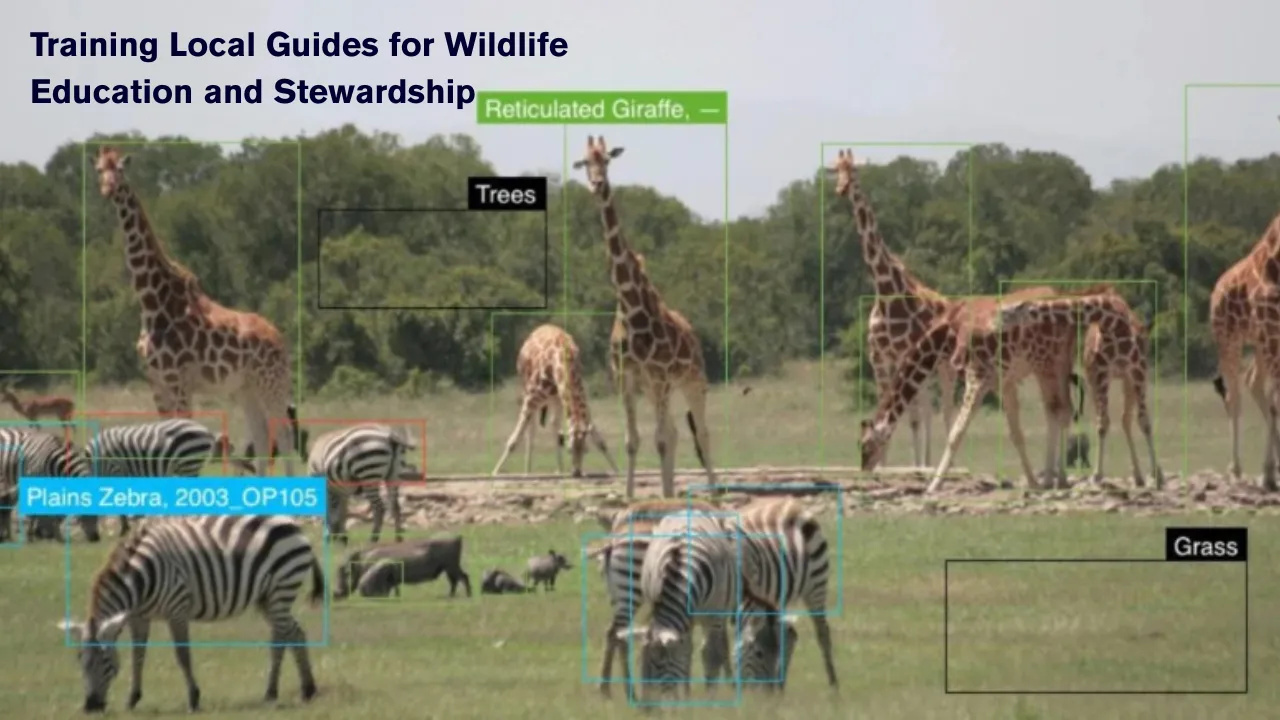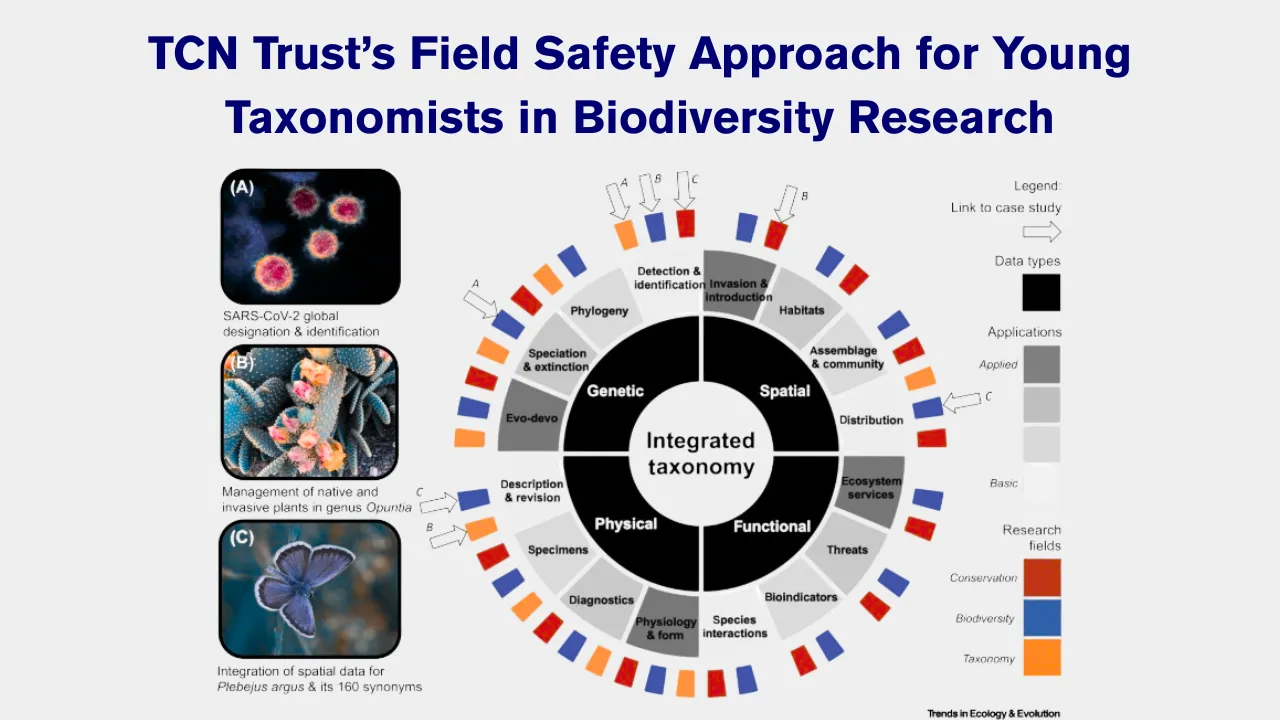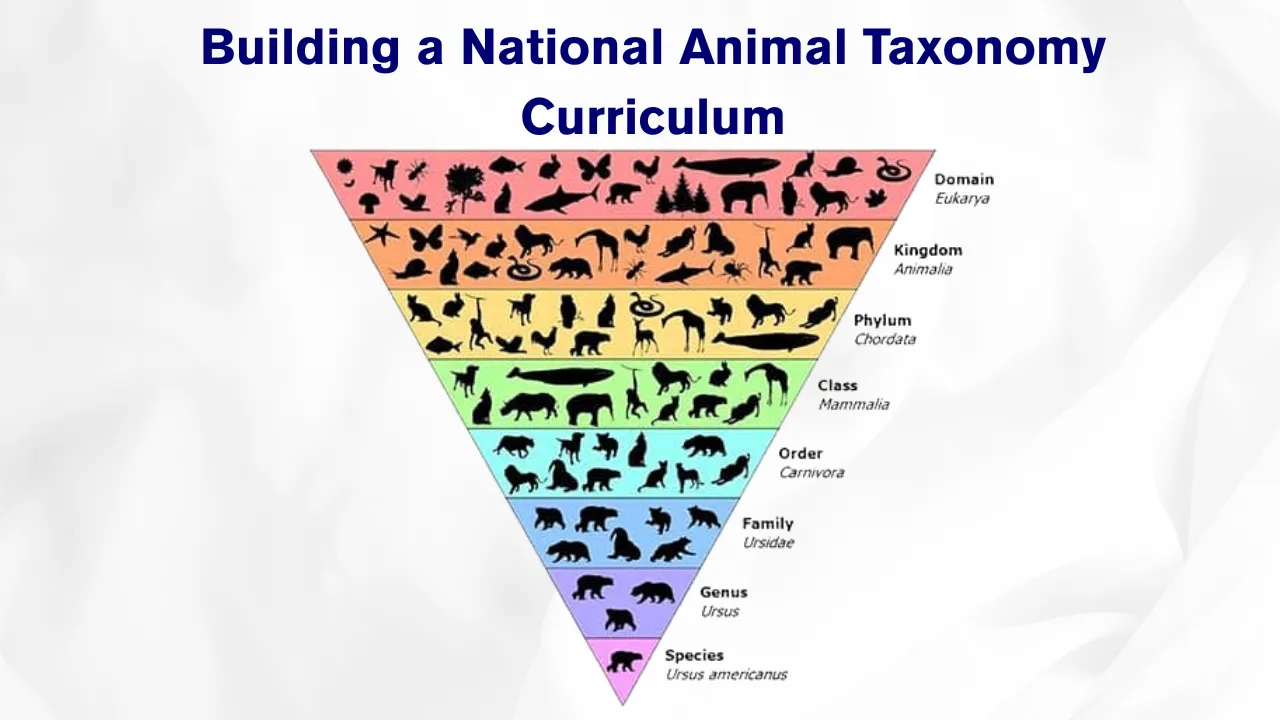Climate-Related Biodiversity Changes: Climate-related biodiversity changes are rapidly transforming the natural world. Species are moving beyond their historic ranges, habitats are shifting, and long-established ecosystems are becoming unstable. As global temperatures rise and weather patterns change, the natural balance that sustains biodiversity is becoming harder to predict—and even harder to protect.
This article examines how taxonomists supported by TCN Trust are at the forefront of documenting these shifts. Through meticulous research and fieldwork, they are building vital records that trace species distribution shifts linked to climate change. These findings are essential for conservation planning, environmental awareness, and ecological resilience in a warming world.
The Role of Climate-Related Biodiversity Changes in Documenting Species Distribution
Climate-related biodiversity changes have become a defining signal of our times, often reflected in the quiet disappearance or sudden arrival of species in unexpected places. These shifts are not just statistical data—they are powerful evidence of how climate change is impacting life at every level. Taxonomists, especially those backed by TCN Trust, are uniquely equipped to trace these changes through accurate identification, classification, and geotagged records. Their work serves as a bridge between observed environmental transformations and actionable science, helping researchers, conservationists, and governments respond to the threats facing ecosystems today.
Overview of Biodiversity Shifts Being Tracked
| Biodiversity Shift | Description |
| Range extension to higher altitudes | Species are moving uphill as lower zones become too warm |
| Latitudinal migration | Flora and fauna shift poleward seeking cooler habitats |
| Phenological changes | Altered breeding, flowering, or migration timings |
| Loss of native species | Disappearance of endemic species from historic zones |
| New ecological interactions | Invasive or unfamiliar species disrupting existing ecological balances |
How TCN Trust Supports Taxonomists
The TCN Trust is a non-profit initiative focused on strengthening taxonomy and its intersection with conservation. In an age of fast-paced environmental change, it recognizes the urgent need for accurate documentation of species movement. The Trust empowers taxonomists with resources, training, and platforms to ensure that biodiversity shifts are not only recorded but also shared with wider ecological communities.
TCN Trust provides:
- Research fellowships for fieldwork in climate-sensitive regions
- Workshops on modern taxonomy, including digital tools and mobile recording apps
- Grants for ecological monitoring using standardized methods
- Support for open-access publishing of species range data
- Collaborative networks that link taxonomists, ecologists, and data scientists
By equipping experts to document changes rigorously, the Trust ensures biodiversity loss or expansion doesn’t go unnoticed or unverified.
Species Distribution Shifts: The Evidence on the Ground
Species that were once reliably found in specific regions are now on the move. Frogs from tropical forests are being recorded in cooler hill zones. Birds that once nested in mid-altitudes are now seen in alpine meadows. Flowering plants are blooming out of season or not at all in certain areas. These are just a few of the observations being systematically recorded by taxonomists working with TCN Trust.
Importantly, these aren’t isolated stories—they are part of larger ecological patterns tied to climate shifts. By comparing decades-old herbarium records, entomological collections, and historical sightings with current data, taxonomists are able to construct detailed narratives of species change.
Key observations include:
- Altitude-based migration in butterflies and small mammals
- Phenological mismatches in pollinator and plant interactions
- Ecosystem compression, where different habitat types now overlap in unnatural ways
Each of these shifts has implications that reach far beyond the species themselves, affecting food webs, agricultural systems, and water cycles.
Two Major Areas of Focus
1. Documenting New Range Expansions
- Identifying species in locations where they were not previously recorded
- Using temperature and precipitation data to correlate with species movements
- Reporting new observations to biodiversity databases with validated taxonomy
2. Building Climate-Responsive Species Databases
- Digitizing field observations using open-access platforms
- Updating species range maps based on current fieldwork
- Collaborating with global biodiversity portals to integrate verified sightings
Bridging Traditional Taxonomy with Climate Science
Historically, taxonomy has been focused on classifying life. But in today’s environmental context, it has become a vital tool for understanding how life responds to a changing planet. Taxonomists offer not just names, but a language of evidence—proof that biodiversity is not static.
TCN Trust facilitates this integration by encouraging cross-disciplinary approaches. Taxonomists now work with geographers, data analysts, and climate scientists to build comprehensive ecological models. This shift makes biodiversity documentation more than an academic activity—it becomes a public resource and a conservation priority.
These collaborations also highlight emerging threats like:
- Functional extinction, where species remain but no longer serve ecological roles
- Trophic disruptions, with predators or prey shifting out of sync
- Biodiversity homogenization, where unique species are replaced by generalists
Understanding and recording these patterns is crucial for informed conservation action.
Training the Next Generation
Recognizing that the next generation will inherit a planet under stress, the TCN Trust invests in capacity-building for young taxonomists. These early-career researchers are trained not just in species identification, but also in data recording, climate science literacy, and open science principles.
Key initiatives include:
- Field workshops in biodiversity hotspots
- Digital literacy courses for ecological data management
- Fellowships to study species shifts in real-time
- Encouragement to publish open-access research and collaborate internationally
With this support, TCN Trust ensures that tomorrow’s taxonomists are equipped for today’s climate challenges.
Technology’s Role in Monitoring Change
Modern biodiversity research increasingly relies on digital tools. From real-time data collection apps to AI-assisted species identification, taxonomists now have an expanded toolkit for monitoring climate-related biodiversity changes.
Some tools being used include:
- Camera traps for cryptic or nocturnal species
- Drone surveys for inaccessible terrain mapping
- Mobile apps like iNaturalist for rapid, crowd-sourced data collection
- Cloud-based analytics platforms for long-term data comparison
TCN Trust encourages the adoption of these tools by funding access and offering training, ensuring that taxonomic documentation remains both accurate and scalable.
FAQs
1. What are climate-related biodiversity changes?
These are changes in species behavior, location, or life cycles that are directly linked to climate variations like temperature rise and altered rainfall.
2. Why is taxonomy important for climate research?
Accurate species identification is the first step in tracking changes over time and across locations. Without it, ecological monitoring lacks precision.
3. How does TCN Trust help in this work?
The Trust funds field research, builds digital capacity, and connects experts across disciplines to ensure species changes are well-documented.
4. Are species really moving because of climate change?
Yes. Observations from multiple regions show species shifting altitudinally or latitudinally in response to changing temperature and precipitation patterns.
5. Can the public access this data?
Much of the taxonomic data supported by TCN Trust is published in open-access platforms and contributes to national biodiversity portals.
Conclusion
Understanding how climate change is reshaping life on Earth starts with documenting the shifts we can observe. Through the work of committed taxonomists and the support of organizations like TCN Trust, we now have the means to track these changes with clarity and precision. Every species recorded in a new location, every range map updated with recent findings, and every dataset shared publicly is a step toward more informed, effective conservation.
In a time of accelerating environmental uncertainty, this kind of grounded, detailed research is more than valuable—it’s essential. The species that move, disappear, or adapt are sending signals. Thanks to taxonomists, we are learning how to listen.







